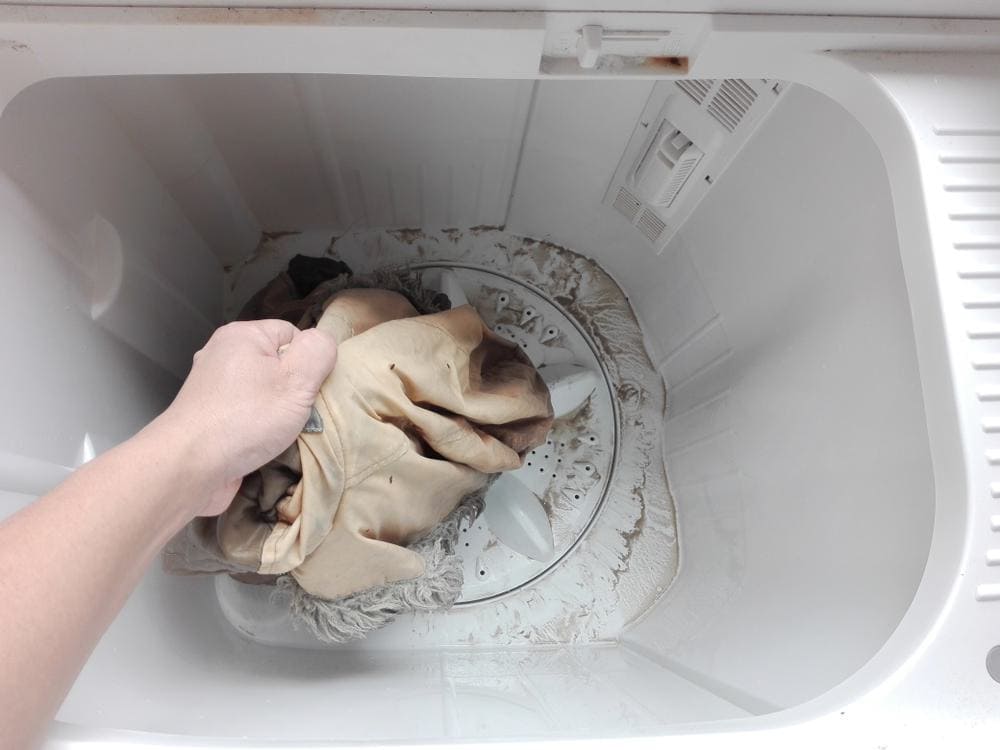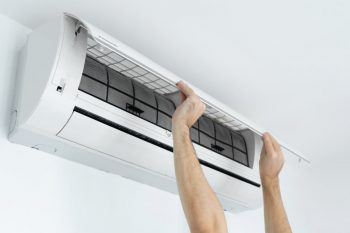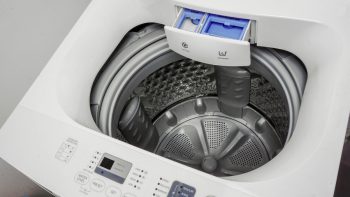
When it comes to household appliances, a washing machine is one of the most essential tools for maintaining cleanliness and comfort. However, like any other appliance, it can develop issues over time, such as rust holes. Rust can damage the machine, stain your clothes, and even cause leaks if not addressed promptly. This comprehensive guide provides a step-by-step process on how to fix rust holes in a washing machine, preventive measures, and when to seek professional help.
To fix rust holes in a washing machine, first unplug the machine for safety. Scrape away the rust and sand the area. Clean the surface with a vinegar-water solution and apply a rust-proof metal primer. If the hole is large, use a patching material to cover it. Once dry, paint the area with a steel paint that matches your machine. After the paint has dried, reassemble the machine. To prevent future rusting, regularly clean your machine and limit the use of bleach.
Identifying Rust in a Washing Machine
Before you can begin the rust removal process, it’s crucial to identify the signs of rust in your washing machine. These signs include:
- Rust stains on clothes
- Visible rust – red, orange, or brown streaks, stains, or a rough, “bubbly” surface on the machine
- Metallic flakes in the drum
- Black scuff marks at the bottom of the drum
Causes of Rust in Washing Machines
The main causes of rust in washing machines include exposure to moisture and oxygen, use of corrosive materials like bleach, metallic foreign objects trapped in the machine, and rusted water pipes. Understanding these causes can help you take preventive measures to avoid rust formation.
Tools and Materials Needed
To fix rust holes in your washing machine, you’ll need:
- Scraper or wire brush
- Sandpaper (fine grit)
- Rust-proof metal primer
- Metal paint spray
- Masking paper and tape
- Reinforced body filler
- Pre-painting prep or solvent cleaner
- Protective eye gear and rubber gloves
Step-by-Step Guide to Fixing Rust Holes in a Washing Machine
Step 1: Unplug the Washing Machine
Safety should always be your first concern. Disconnect the washing machine from the power source to ensure safety.
Step 2: Scrape Away the Rust
Use a wire brush or scraper to remove the rust from the affected area.
Step 3: Sand the Area
Sand the rusted area and about 1 inch beyond its edges using 120- to 150-grit sandpaper to remove any remaining rust and paint.
Step 4: Clean the Surface
Mix a solution of 1 part water and 1 part vinegar in a spray bottle and spray it on the sanded area. Let it sit for about 5 minutes, then wipe it off with a rag.
Step 5: Apply Rust-Proof Metal Primer
Apply a rust-proof metal primer to the sanded area, following the manufacturer’s instructions. This will help prevent future rust formation.
Step 6: Fill the Hole
If the rust hole is large, you may need to use a patching material like roofing mesh to cover the hole. Cut a patch about twice the size of the hole and apply it according to the manufacturer’s instructions.
Step 7: Paint the Area
Once the primer and patching material (if used) are dry, apply a steel paint that matches the color of your washing machine. You can use a paintbrush or a spray paint, depending on your preference.
Step 8: Reassemble the Washing Machine
After the paint has dried, reattach the lid and plug the washing machine back in.
Preventing Future Rusting
To prevent future rusting, regularly clean your washing machine and keep it dry. Limit the use of bleach and remove any metallic objects from clothes before washing them. Apply a rust inhibitor or rust-proof paint to areas prone to rusting and replace rusted water pipes if necessary.
When to Seek Professional Help
If the rust is extensive, recurring, or located in hard-to-reach areas, or if you’re not confident in your ability to safely and effectively repair the rust damage, it’s advisable to seek professional help. A professional technician can assess the situation and provide the appropriate solution.
Remember, taking care of your washing machine not only extends its lifespan but also ensures its efficiency and effectiveness. Regular maintenance and timely repairs can save you from costly replacements and keep your clothes looking their best!
Frequently Asked Questions
Can I use any other cleaning solution to clean the sanded area apart from the vinegar and water solution?
Yes, you can. Alternatively, you can use a commercial rust remover or a mild dish soap solution. Ensure you rinse thoroughly and dry the area before applying the primer.
How long should I wait for the primer to dry before applying paint?
The drying time can vary depending on the specific brand of the primer. However, most primers should be dry to touch within 1 to 3 hours. Always check the manufacturer’s instructions for specific drying times.
What type of paint is best for painting over the primer?
Use a paint specifically designed for metal surfaces, preferably one that is rust-resistant. Ensure it matches the color of your washing machine for aesthetic purposes.
Why should I avoid using bleach in my washing machine?
Bleach can be corrosive to metal parts of the washing machine, leading to rust over time. If you must use bleach, ensure to use it sparingly and rinse the machine thoroughly afterwards.
How often should I clean my washing machine to prevent rust?
It’s recommended to clean your washing machine once a month to prevent dirt buildup that can trap moisture and lead to rust.












